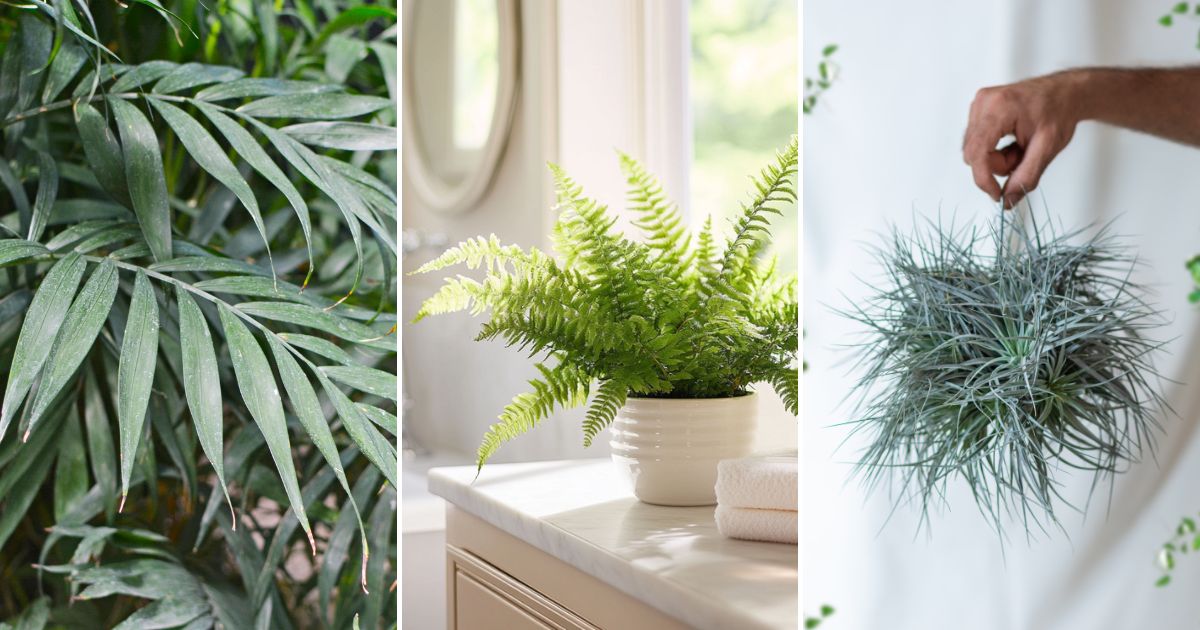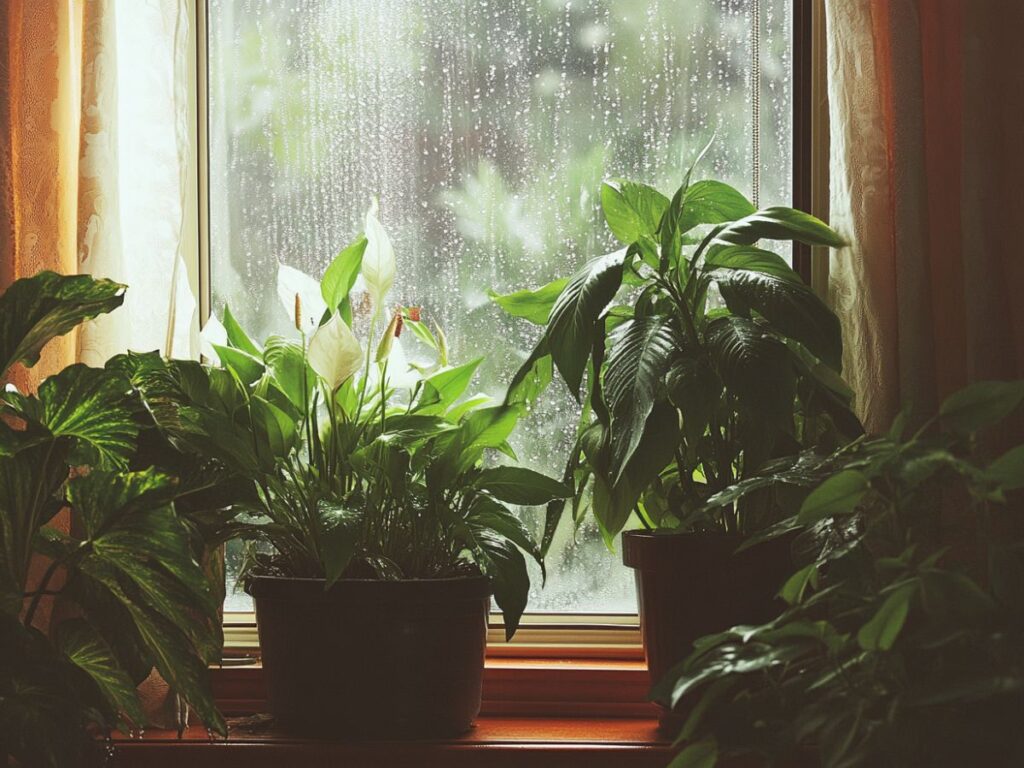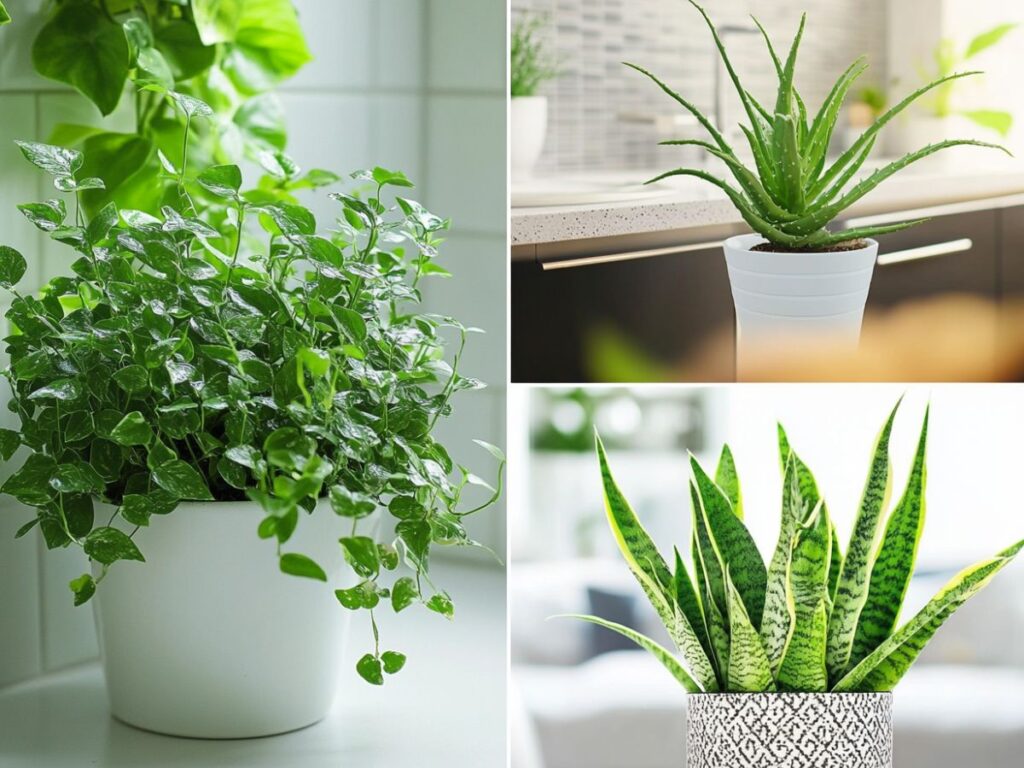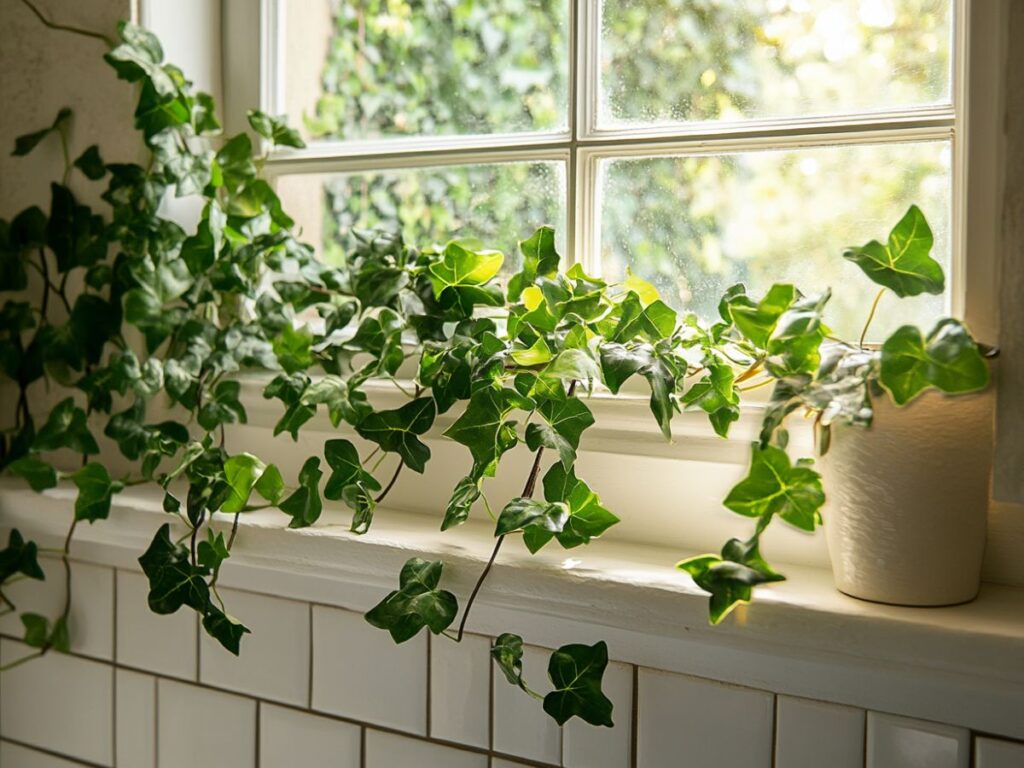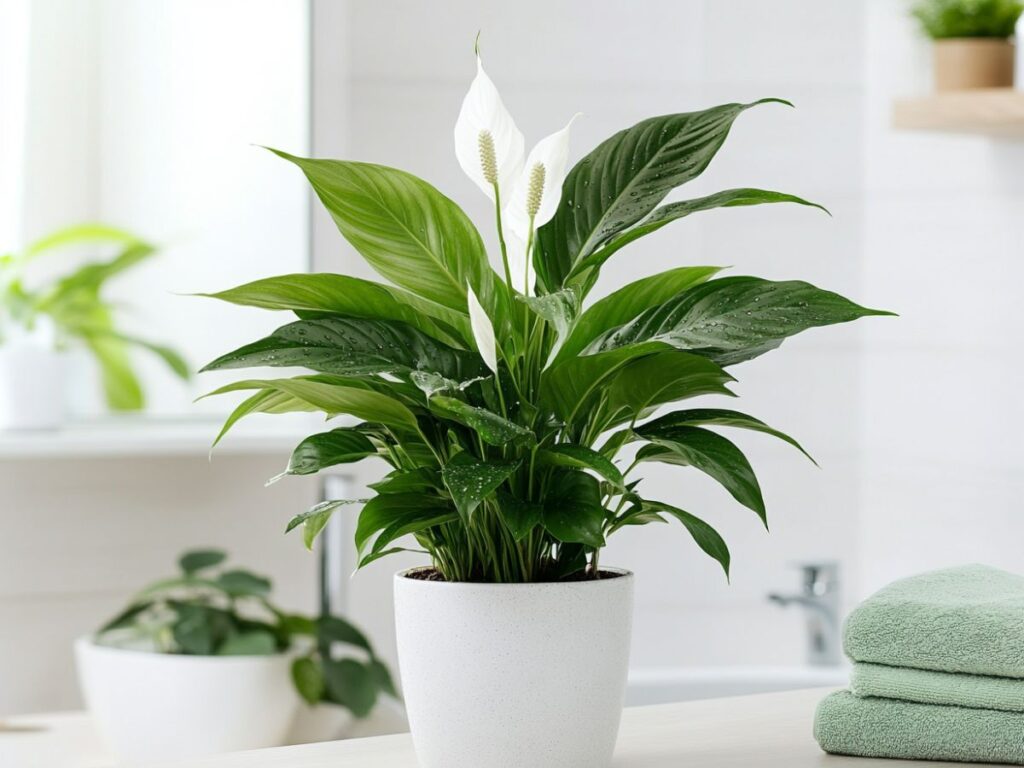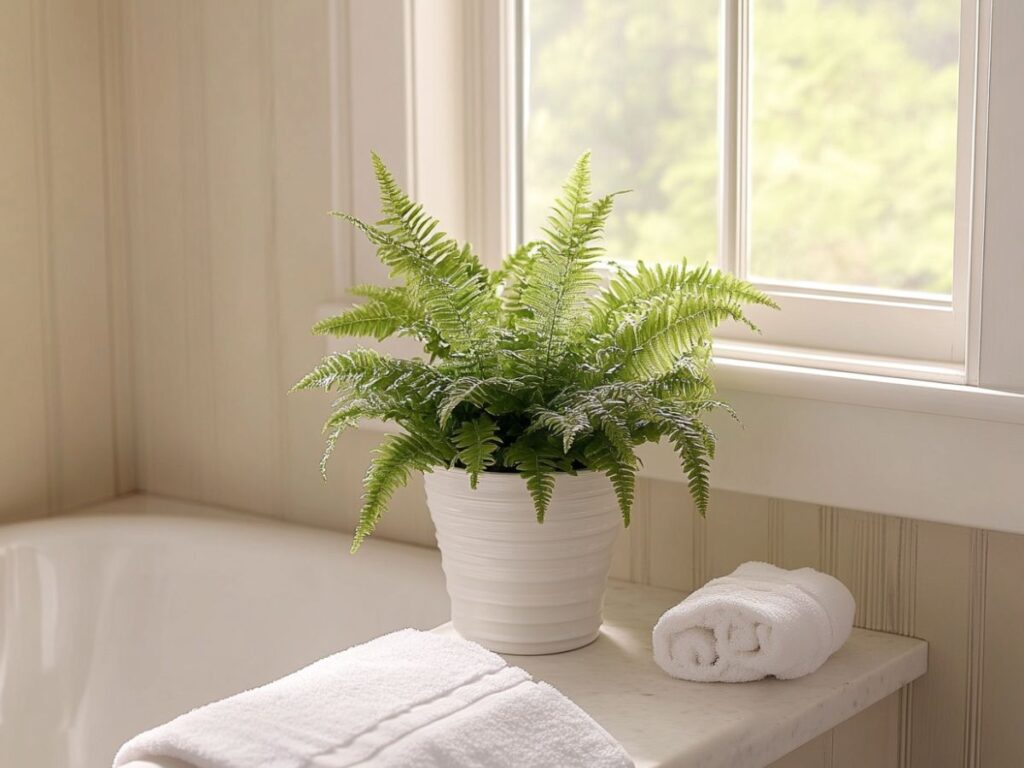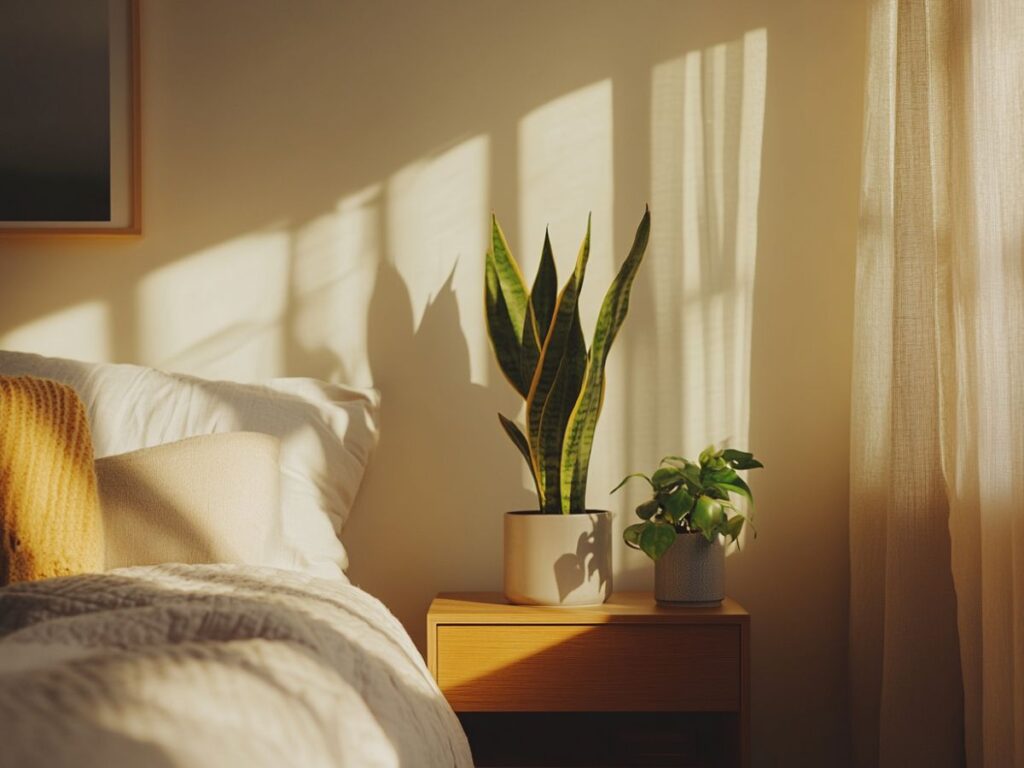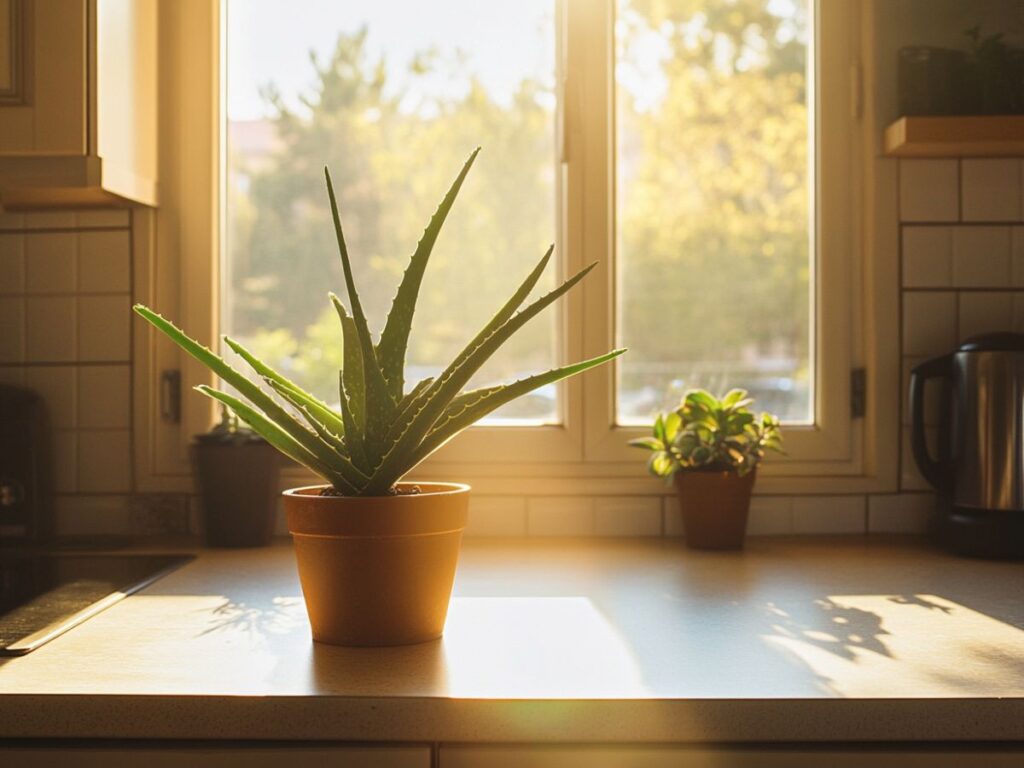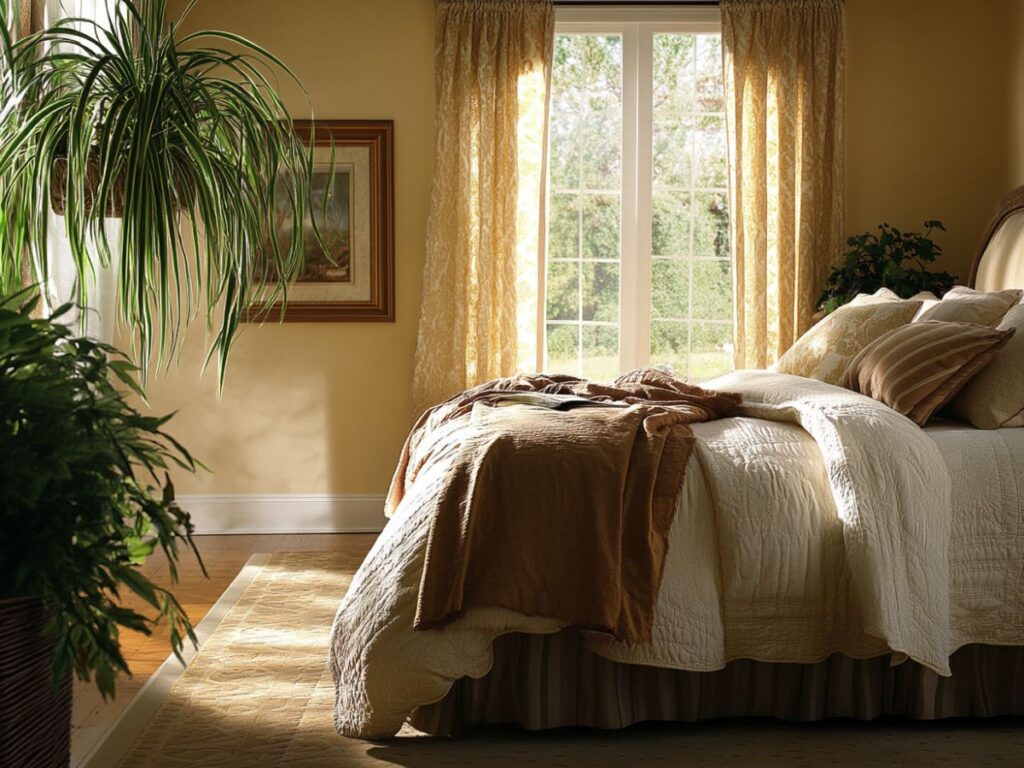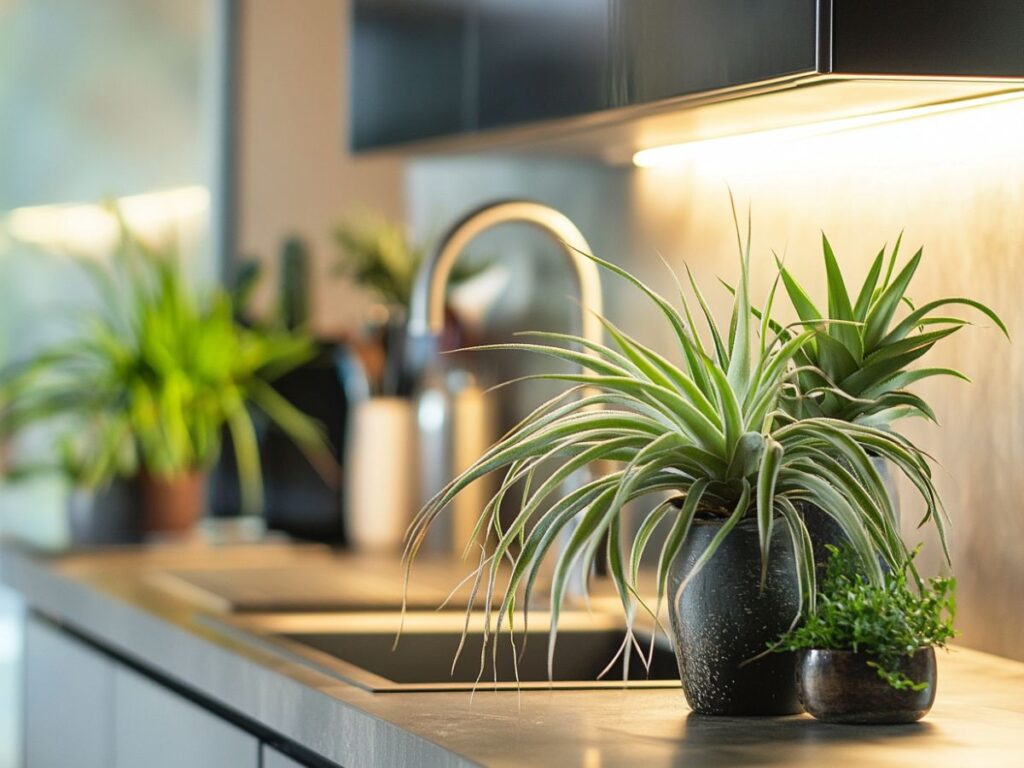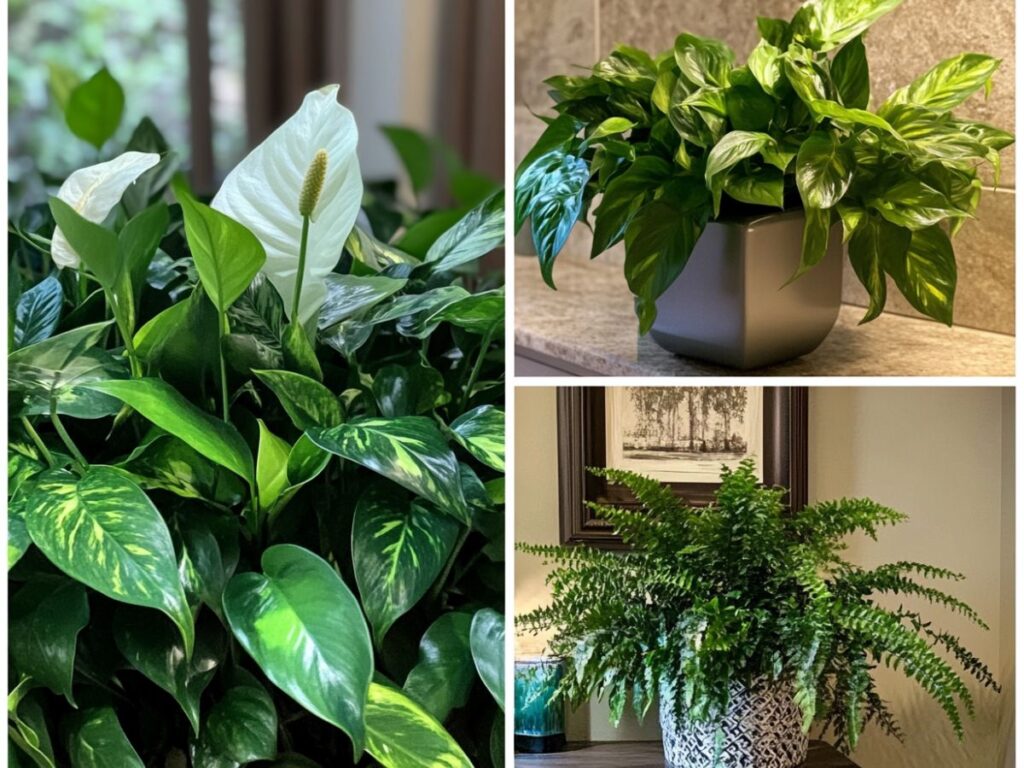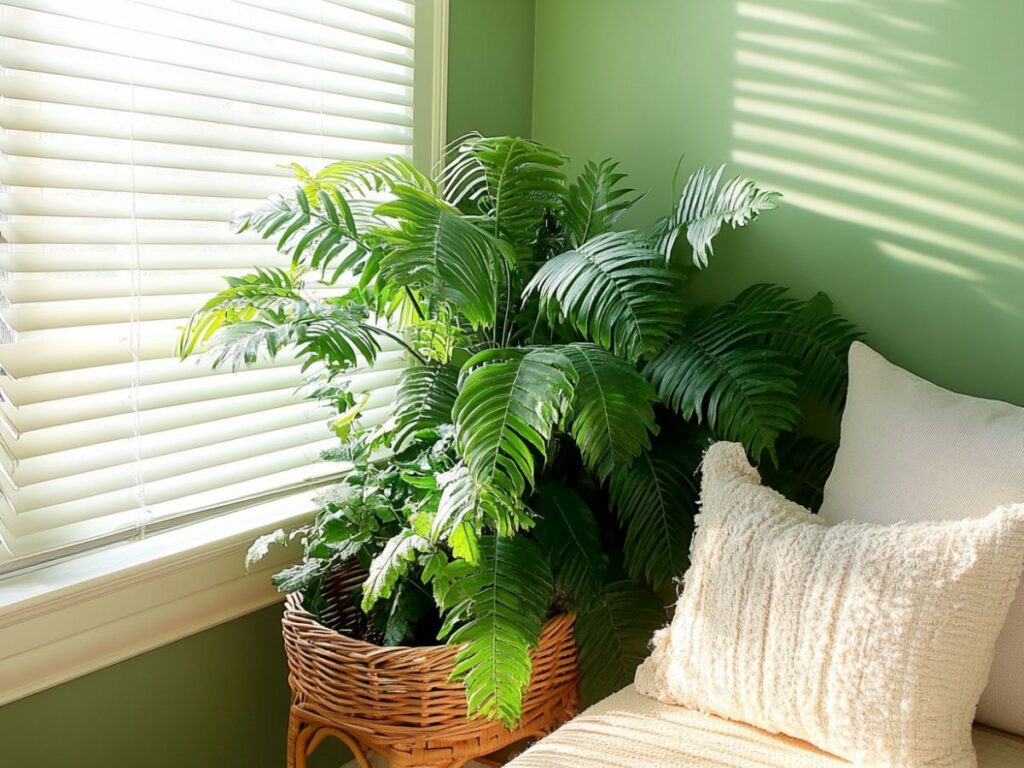When you think about indoor plants, what usually comes to mind is their lush green beauty or maybe how they can freshen up a space. But plants can do a lot more than just look good on a windowsill.
Certain plants have an almost hidden superpower—they can help manage moisture levels in your home and even combat mold.
In many ways, they act as natural air purifiers, managing humidity levels in a way that can prevent dampness from building up on surfaces and walls.
It’s easy to underestimate how big an issue moisture can be in a home. Mold, mildew, and condensation don’t just look bad—they can damage furniture, cause structural problems, and lead to health issues over time.
Many people turn to dehumidifiers or chemical solutions to deal with it, but some plants can actually do this naturally.
They’re low-maintenance, sustainable, and far less intrusive than machines or sprays. Let’s look at why certain plants are suited for the job and which ones work best.
How Plants Help with Moisture and Mold
At first glance, it seems counterintuitive that plants, which often require water, can reduce moisture in the air. But certain plants naturally absorb more moisture through their leaves as well as their roots.
They help regulate humidity in their environment, and they can make a noticeable difference, particularly in small or moderately damp areas.
Then there’s the mold factor. Mold thrives in humid, poorly ventilated areas, and it grows fast, causing respiratory problems and allergies.
Some plants not only keep humidity in check but also release compounds that inhibit mold growth, making them doubly useful.
Best Plants to Control Humidity and Mold
Not every plant will do the trick. Some plants are far better suited to humidifying and air-purifying than others.
Here’s a list of top contenders, each with its own unique moisture-absorbing and air-purifying capabilities. If you’re looking to improve air quality and reduce condensation, these plants could become your best friends.
1. English Ivy (Hedera helix)
English Ivy is one of the most effective plants for filtering out toxins and mold from the air. It’s particularly helpful for damp spaces like bathrooms and basements.
Ivy can absorb moisture through its leaves, which reduces the likelihood of condensation building up on walls or windows.
The beauty of English Ivy is its versatility. It can grow in a hanging basket, on a trellis, or even in a pot on a high shelf.
It’s a hardy plant, so even if you’re not the most experienced gardener, it’s likely to thrive as long as it gets moderate sunlight and occasional watering.
2. Peace Lily (Spathiphyllum)
Known for its elegant white flowers, the Peace Lily does more than just brighten up a room. It’s a fantastic plant for absorbing moisture and controlling mildew.
Peace Lilies are also excellent at filtering out household toxins, making them a popular choice for bathrooms and kitchens, where moisture tends to build up.
One of the reasons Peace Lilies are so effective is their broad leaves, which allow for increased absorption. They also require little sunlight, so they’re perfect for corners of the house that don’t get a lot of natural light.
3. Boston Fern (Nephrolepis exaltata)
Boston Ferns are well-known for their ability to remove humidity from the air, making them an excellent addition to any home that struggles with condensation. They can absorb moisture through their leaves, which helps reduce humidity levels in the room.
These ferns need a bit more attention than other plants on this list. They prefer indirect light and regular misting, especially in dry conditions.
But if you keep them in a bathroom, they’ll thrive without much extra care, feeding off the natural humidity in the air.
4. Snake Plant (Sansevieria trifasciata)
Snake plants are famous for their low-maintenance nature, but they’re also powerful at improving air quality. They release oxygen at night, which can help combat mold and keep the air in your home fresh.
Although they don’t absorb as much moisture as some other plants, they are incredibly resilient and can handle lower light levels, making them ideal for areas prone to mold but with limited sunlight.
Snake plants are also known for their ability to absorb toxins like formaldehyde and benzene, which can worsen respiratory issues if left unchecked. This makes them a good all-rounder for improving indoor air quality and curbing mold growth.
5. Aloe Vera
Aloe Vera might be best known for its medicinal uses, but it’s also excellent for maintaining indoor air quality. It can help absorb moisture, especially in smaller spaces, and it’s effective at reducing airborne toxins.
Place an Aloe Vera plant on your kitchen counter or in a sunny bathroom window, and it will start working to control humidity and purify the air.
Aloe Vera is a hardy plant and only requires watering every couple of weeks. It’s perfect if you’re looking for a low-maintenance option that still packs a punch when it comes to improving your home’s air quality.
6. Spider Plant (Chlorophytum comosum)
Spider Plants are another hardy option that doesn’t need much attention, but they’re highly effective at absorbing excess moisture. They’re also known to be safe for pets, making them a great choice for families with cats or dogs.
The plant’s ability to control humidity and trap pollutants makes it a favorite for bedrooms and bathrooms, where it can silently improve air quality and reduce condensation.
The plant’s long, arching leaves help increase surface area, which is great for moisture absorption. Plus, Spider Plants are easy to propagate, so if you start with one, you’ll soon have plenty to place around your home.
7. Tillandsia (Air Plants)
Air plants are unique in that they don’t require soil to grow; they absorb everything they need from the air. They’re particularly good at drawing in moisture from the atmosphere, making them useful for managing humidity levels.
Air plants thrive in bathrooms and kitchens and need only a quick soak in water once a week to stay healthy.
Because they don’t need pots, you can get creative with where and how you display them. They can hang in glass globes, be mounted on walls, or sit in decorative containers, adding a bit of style while helping control moisture levels.
8. Reed Palm (Chamaedorea)
Reed Palms are tall and elegant plants that thrive in humid conditions. They are particularly useful for rooms with a high chance of mold growth, as they can absorb significant amounts of moisture through their leaves.
Reed Palms also filter out toxins like benzene and formaldehyde, adding another layer of air purification.
This plant does require some space to grow, so it’s ideal for larger rooms or hallways with good indirect light. It’s also safe for pets, so it won’t pose a problem if you have animals at home.
Maximizing the Benefits of Indoor Plants
To get the most out of these plants, consider where you place them. High-moisture areas like bathrooms, kitchens, and laundry rooms are usually the best spots for humidity-absorbing plants.
If condensation is a problem on certain windows or walls, positioning a plant nearby can help absorb some of that moisture.
Humidity levels change with the seasons, so monitor your plants’ water needs accordingly.
Plants will need less watering in more humid conditions, as they’re already absorbing a fair amount of moisture from the air. Misting or watering too much in these environments can do more harm than good, so it’s a balance.
Why Choose Plants Over Dehumidifiers?
Dehumidifiers are great at what they do, but they have downsides. They require electricity, need regular maintenance, and can sometimes be noisy.
Plants, on the other hand, do their job silently and without a single watt of power. They’re also aesthetically pleasing and can improve your mood, concentration, and sense of well-being.
Plus, plants contribute to a cleaner environment by absorbing pollutants—a feature dehumidifiers lack.
And if you’re someone who prefers natural solutions, plants are about as organic as it gets. They provide a way to fight mold and humidity that works in harmony with your living space rather than against it.
Adding moisture-absorbing, mold-fighting plants to your home isn’t just about aesthetics; it’s a functional choice that brings nature’s natural solutions indoors.
From the hardy English Ivy to the low-maintenance Snake Plant, these plants are reliable allies in the battle against mold and condensation. And unlike chemical dehumidifiers, they contribute to a cleaner, greener, and healthier living space.
These plants do more than look pretty—they make your home a fresher, safer place to be.
